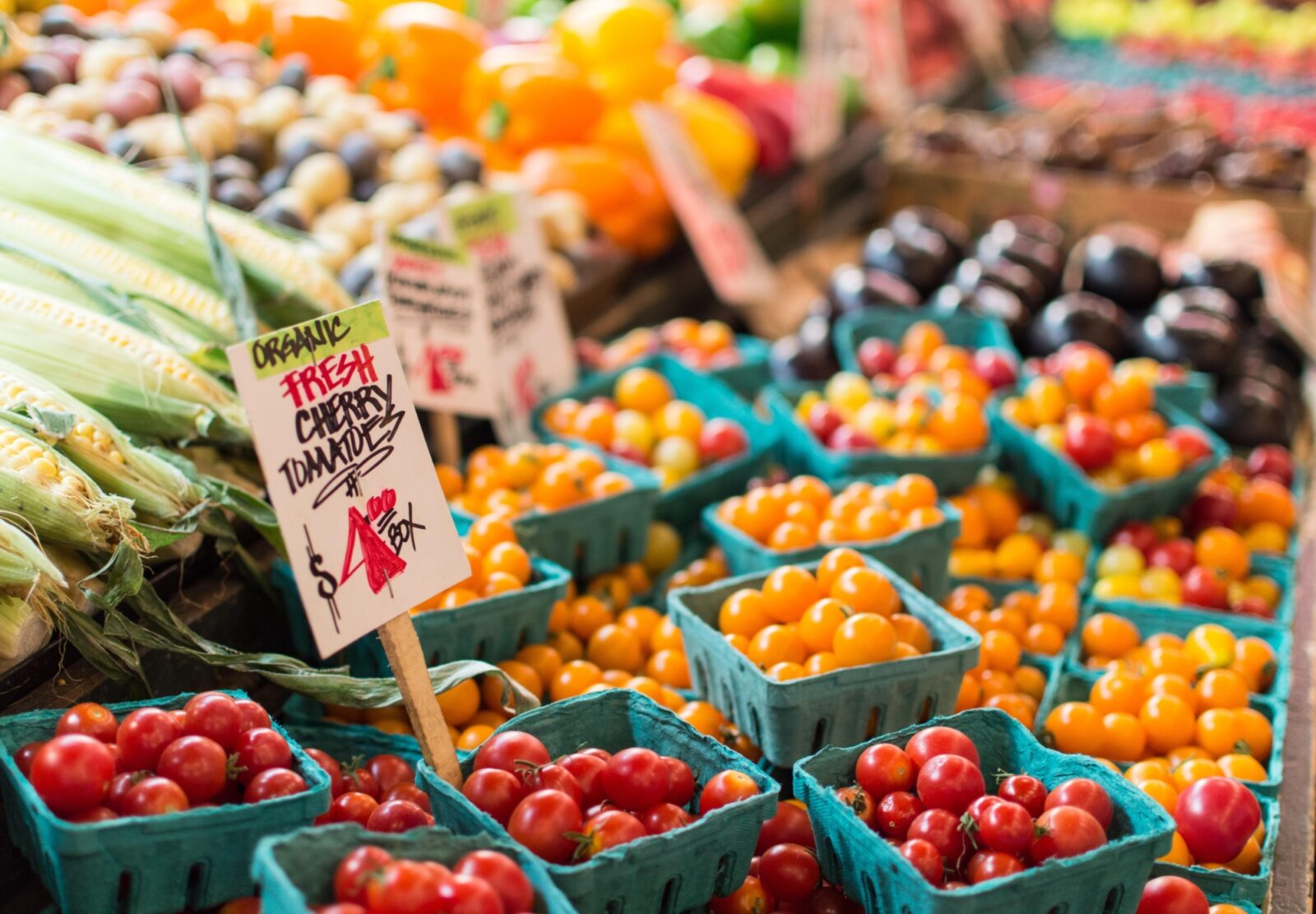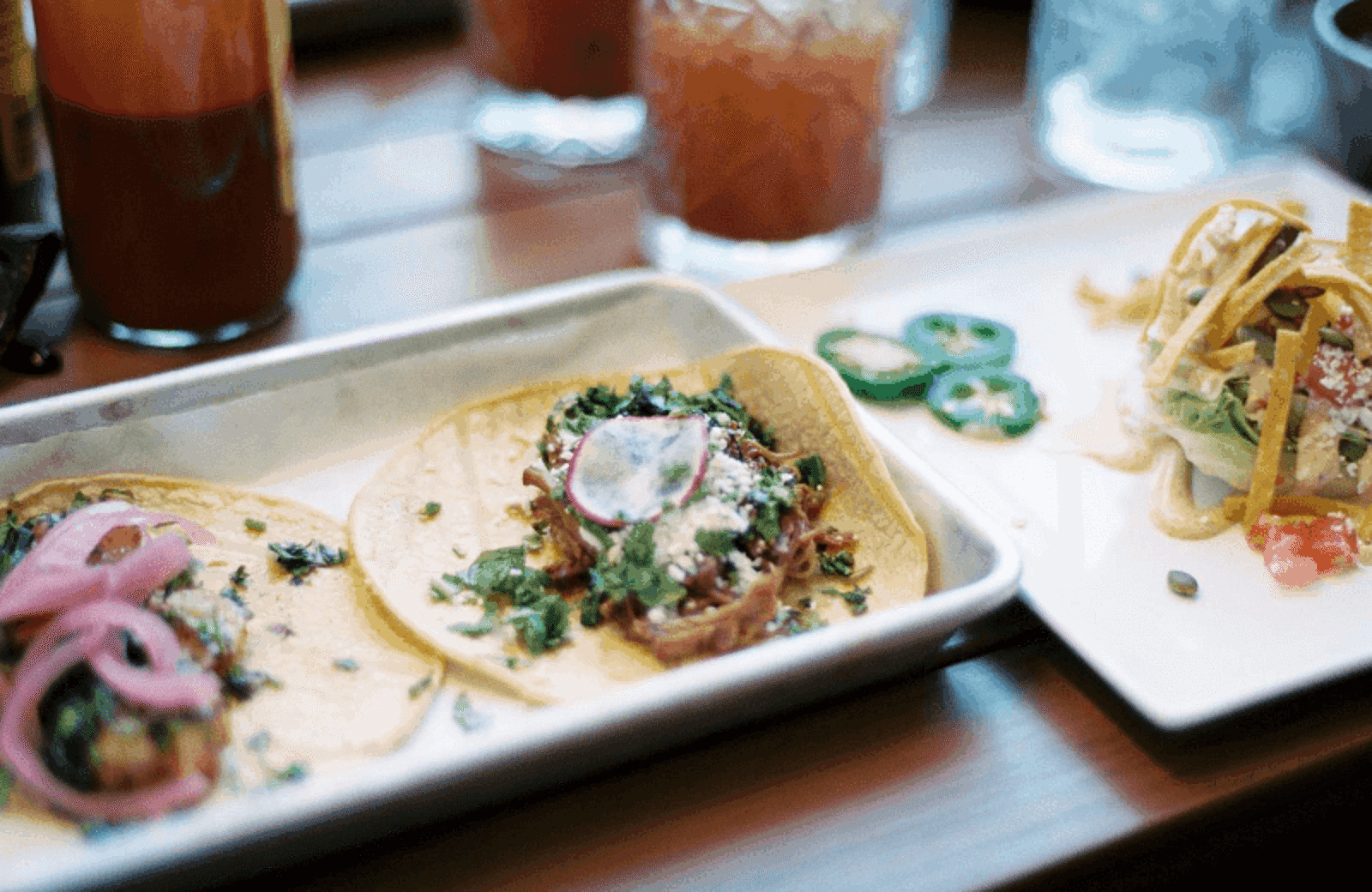How to Read a Profit and Loss Statement

Justin GuinnAuthor
Managing a restaurant profit and loss (P&L) statement is a crucial task. The restaurant P&L is the report, the bottom-line, where all the work and strategy and love and care boils down to either a positive or negative number.
There’s a ton of detailed work that goes into ensuring a P&L accurately reflects a snapshot of restaurant accounting work. It can be tough tracking cash flows, keeping an eye on net income, and monitoring ever-fluctuating costs — an especially tall order given the ongoing food inflation.
Restaurant businesses that want to take control of their income statement and operating expenses have to start with precise sales reporting and cost control.
Read on to learn the importance of your P&L as a restaurant financial report, see how it measures your financial health, and understand how to consistently calculate your restaurant profit and loss statements.
What is a restaurant income statement?
A restaurant profit and loss statement, also called a P&L or income statement, is a financial document that details a restaurant's total revenue and expenses over a time period, typically monthly or yearly. A restaurant income statement provides a view for the restaurant operator to understand how much revenue is being generated, how profit is being made, and from which parts of the business.
A restaurant income statements serves two key purposes for restaurant operators:
1. To understand net profits or losses
2. To identify areas that are contributing to or hurting the business
The Guide to Restaurant Sales
In this Guide to Restaurant Sales, you’ll learn the metrics you need to measure to understand the financial health of your restaurant. Plus, you’ll get tons of great ideas that’ll help you learn how to improve sales in your restaurant.

How to create a restaurant P&L statement
1. Choose a timeframe
The first step in creating a restaurant profit and loss statement is selecting a timeframe. You can create P&L statements weekly, monthly, quarterly, or annually. It's a good idea to generate these statements regularly so you always have a clear sense of how various aspects of your business are affecting costs and sales.
On your statement sheet, enter your restaurant name and the selected timeframe for your data.
2. Record sales for the selected timeframe
The first section to fill in on an income statement is the sales section.
The sales section shows you how much money your restaurant brought in during the given period. In a pre-filled income statement template, you’ll see sections for food, wine, beer, liquor, and soft drink sales.
You can choose to track sales more specifically by segmenting your food sales into more targeted categories or menu groups. Or you can simplify your P&L statement by dividing sales into just food, alcohol, and N/A beverage.
If you have a restaurant POS system, such as Toast, that offers sales tracking and reporting, you can easily access detailed sales information for your selected timeframe.
3. Enter Cost of Goods Sold (COGS)
COGS is really just another way of saying the cost of the inventory used to create the food and beverage items sold during your selected time period.
Recipe costing is an advanced measure you can use to help calculate your restaurant cost of goods sold — it’s also critical for calculating plate costs and measuring the profitability of each menu item.
For example, if you sell 10 chicken dishes and each dish costs $5 to create based on your plate costs, then your COGS is $50 (10 x $5).
Read this next

How to Calculate Restaurant COGS and Boost Profitability
Calculating your restaurant cost of goods sold might seem like a pain, but it's an important part of making sure your business is healthy. Here's an easy way to calculate it.
4. Labor
Labor includes all salaried and hourly employees, as well as payroll taxes and employee benefits.
You should calculate the amount you spent on labor-related expenses during the time period you selected and enter them individually into the income statement template.
5. Operating costs
Restaurant operating costs are the controllable expenses involved in running your day-to-day operations. This could include things like supplies, repairs and upgrades, marketing and advertising, and music and entertainment.
6. Occupancy Costs
Occupancy expenses are the fixed overhead costs related to things like rent, real estate, and property insurance. These costs are mostly fixed because you cannot alter or change them — however you can refinance a mortgage or try to negotiate/extend your lease.
7. Depreciation
Depreciation refers to the decreasing value of an asset (in this case the physical restaurant establishment and equipment) overtime. Although depreciation is inevitable, it still needs to be accounted for in order to accurately calculate your net profit or loss.
Restaurant Cost Control Guide
Use this guide to learn more about your restaurant costs, how to track them, and steps you can take to help maximize your profitability.

How to analyze a restaurant profit and loss statement
Based on the data you provided, the template will calculate key data and financial points about your business.
Percent of sales
If you're taking advantage of the free restaurant income statement template, you’ll see that the percentage of total sales is being used to cover labor, occupancy, food and beverage costs, and operational expenses. The percentages listed here are an important indication of how your business is performing.
Labor and food costs, also known as your restaurant prime costs, should be the largest percentage of total sales (around 30 percent for each.)
Key Takeaway: Every restaurant is different, but if you notice an unusually high amount being allocated to labor, food, and drink, it may be a time to reevaluate staffing and low-margin menu items.
Gross profit and gross profit margin
Gross profit is calculated by subtracting the total cost of goods sold from total sales.
On an interactive P&L template, gross profit is calculated automatically once you enter sales and COGS values into the income statement template. Next to the gross profit dollar amount you should see a percentage, which represents your restaurant’s gross profit margin.
Gross profit margin is calculated by dividing your gross profit by total sales. Pay particular attention to this metric over time and compare it to your historical data to understand how food and beverage costs are impacting margins.
Key Takeaway: Track this metric over time and use the data to make decisions about pricing menu items and setting portion sizes.
Net profit/loss
The final metric in the income statement template is the metric you likely care the most about — the bottom line. Net profit/loss is a key indicator of how your business performed during a specific period of time. This number will be positive or negative depending on business performance.
If this metric is positive, congratulations — your restaurant is profitable.
If the number is negative. it means that your restaurant’s costs are greater than its total food and beverage sales. Over an extended period of time, that could mean trouble.
Key Takeaway: Keep a close eye on net profit/loss and compare it to your own historical data to see how your restaurant’s bottom line compares to the previous week, month, or year.
Capitalize on consistent restaurant P&L statements and other actionable reports
Nailing your restaurant P&L reporting is only the beginning of your journey — many more detailed and actionable insights await.
Data is essential for you to consistently monitor your P&L and go deeper into more specific reporting. A strong data foundation requires the right systems in place that automatically gather, store, analyze, and report out on performance.
Most important amongst these foundational systems is a point of sale built for restaurants. This is your entry point for sales, in terms of dollar amount, order amount, order sizes, and much more.
After that, it's a split between:
- Employee management tools designed to manage and monitor your restaurant payroll
- A cost management platform, particularly one built on invoice automation that digitizes critical line-item invoice data.
Toast checks all these boxes. We'd love to show you how. Reach out today.
Related Restaurant Financial Resources
Restaurant Profit and Loss Statement Template
Evaluate your restaurant's financial strengths and weaknesses with the free P&L and income statement template.

Is this article helpful?
DISCLAIMER: This information is provided for general informational purposes only, and publication does not constitute an endorsement. Toast does not warrant the accuracy or completeness of any information, text, graphics, links, or other items contained within this content. Toast does not guarantee you will achieve any specific results if you follow any advice herein. It may be advisable for you to consult with a professional such as a lawyer, accountant, or business advisor for advice specific to your situation.



